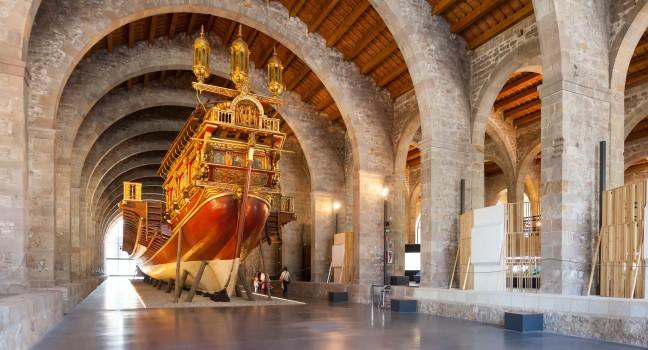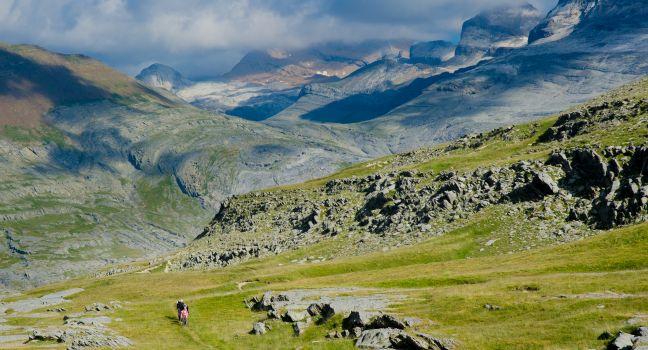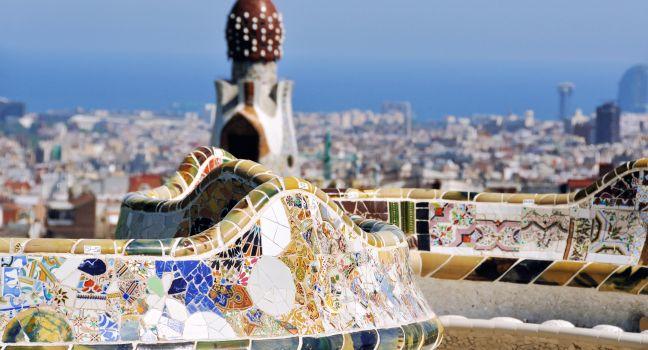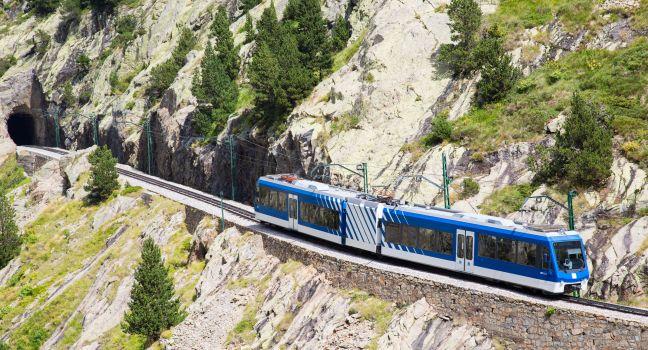Alcázar
It's believed that the Walt Disney logo is modeled after the silhouette of this turreted castle. Possibly dating to Roman times, the Alcázar was expanded in the 14th century, remodeled in the 15th, altered again toward the end of the 16th, and completely reconstructed after being gutted by a fire in 1862, when it was used as an artillery school. The exterior, especially when seen below from the Ruta Panorámica, is awe-inspiring, as are the superb views from the ramparts. Inside, you can enter the throne room, chapel, and bedroom used by Fernando and Isabel, as well as a claustrophobia-inducing winding tower. The intricate woodwork on the ceiling is marvelous, and the first room you enter, lined with knights in shining armor, is a crowd-pleaser, particularly for kids. There's also a small armory museum, included in the ticket price.








